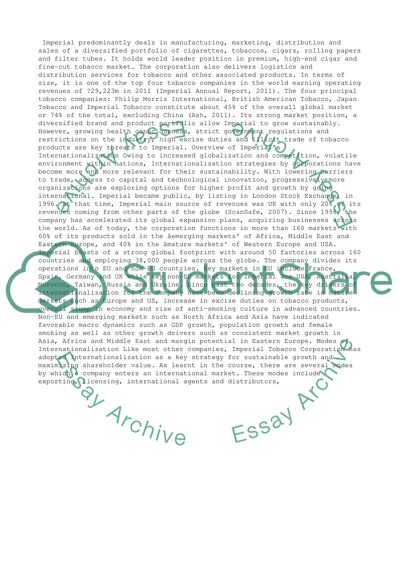Cite this document
(“Imperial Tobacco- International Management Report Essay”, n.d.)
Retrieved from https://studentshare.org/management/1447371-imperial-tobacco-international-management-report
Retrieved from https://studentshare.org/management/1447371-imperial-tobacco-international-management-report
(Imperial Tobacco- International Management Report Essay)
https://studentshare.org/management/1447371-imperial-tobacco-international-management-report.
https://studentshare.org/management/1447371-imperial-tobacco-international-management-report.
“Imperial Tobacco- International Management Report Essay”, n.d. https://studentshare.org/management/1447371-imperial-tobacco-international-management-report.


